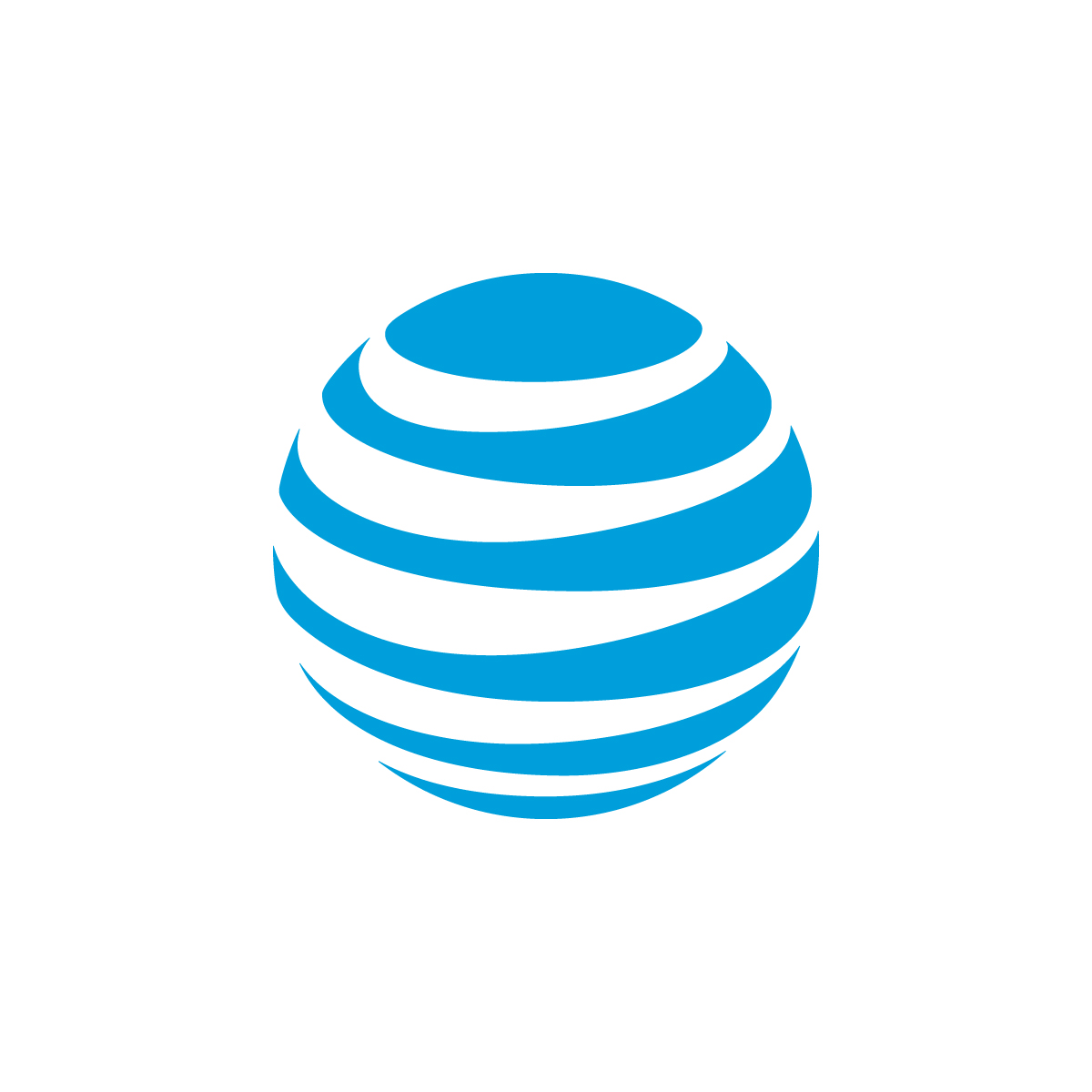Powering 21st Century Education With Our Network: Reflections on the USDLA Conference
people | planet | possibilities
By Susan Diegelman, Director-AT&T Public Affairs
At AT&T, we believe that investing in our students and teachers is a great way to drive long-term prosperity for our country. If we expect the airplanes on which we travel and the hotels at which we stay to be connected, we should expect the same in our nation’s classrooms. We need to find smart new ways to make technology drive innovation in education.
This week, AT&T participated in the United States Distance Learning Association’s National Conference in Saint Louis, MO. In 1987, USDLA, as it is known, was founded with the goal of creating a powerful alliance to discuss and invent new technological solutions to meet students’ expanding need for distance education. This year’s conference was another opportunity for this community to come together to discuss the ways in which technology continues to change the landscape of education.
As part of this conversation, we joined two other panelists in a plenary session to discuss how faster broadband networks could change the direction of digital learning. Through faster networks, more complex and dynamic content can be delivered to a device with amazing speed and consistency. When you think of the 21st century educational experience, it is easy to imagine that laptops, tablets and even smartphones will continue to have an increased presence in classrooms and libraries. But the student who uses his or her device to access content rarely thinks about the network to which that device is connected. These connections are made possible because of networks that provide the capacity required to deliver the high quality content that teachers and students need to improve learning success.
Networks are not something we talk about a lot in the world of education; we naturally focus our discussions on the content delivered over the network. However, our networks and their strength are an integral piece of this conversation, which is why AT&T has invested $119 billion in our network over the past five years to improve our network and the way it delivers educational content.
Recently, AT&T announced plans to expand our 100-percent fiber network, AT&T U-verse® with GigaPower℠, to as many as 25 metropolitan areas and 100 nearby municipalities, putting broadband speeds up to 1 Gigabit per second within reach of hundreds of thousands of people.[i] This will improve the speeds at which content is delivered over our network. To wrap your head around those “improved speeds” consider that a 1 Gigabit per second speed would allow an HD movie to be downloaded in 36 seconds.
Also, earlier this year, AT&T announced plans to commit $100 million worth of free mobile broadband access to educational websites, applications and services, as well as professional development services to help middle-school students and their teachers.[ii] This plan is a three-year initiative that is part of President Obama’s ConnectED program. AT&T’s mobile broadband service will enable students to utilize tablets and other mobile devices to bring robust content into the classroom and enhance learning in new and more effective ways.
These two investments are aimed at improving network quality, which will benefit the classrooms and libraries that increasingly need to be connected to deliver the best education available to ensure our students succeed and our nation prospers.
[i] Internet speed claims represent maximum network Service Capability speeds. Actual customer speeds may vary and are not guaranteed. Actual speeds vary based on factors including site traffic, content provider server capacity, internal network management activities, device capabilities, and use of other U-verse services.
[ii] This effort is contingent on the FCC’s addressing any e-rate concerns and federal, state, and municipal procurement frameworks that do not prohibit or extend these types of initiatives.

